(23408 products available)









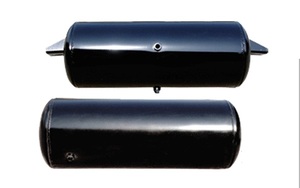

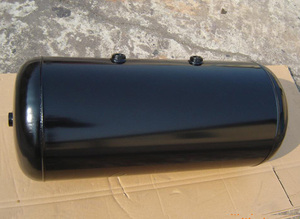


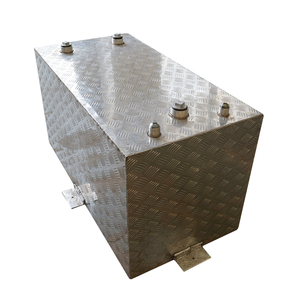



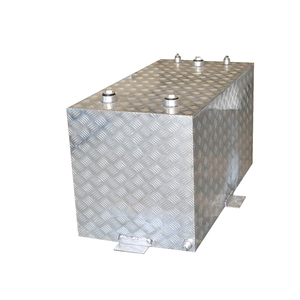


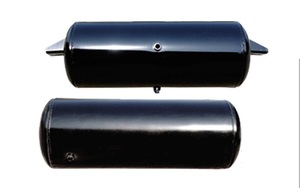

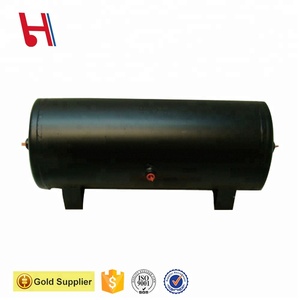
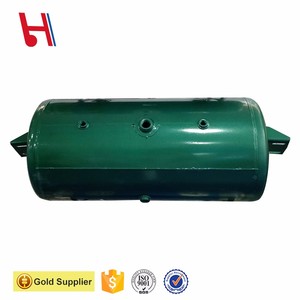















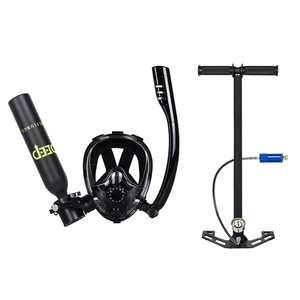


















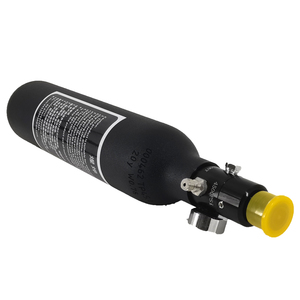
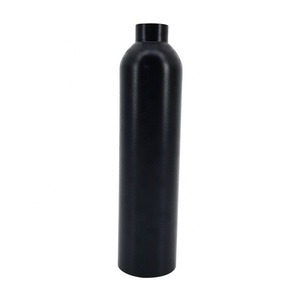

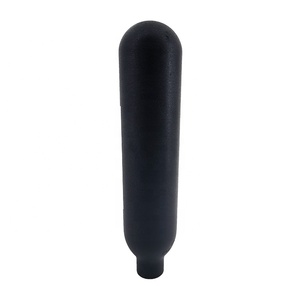

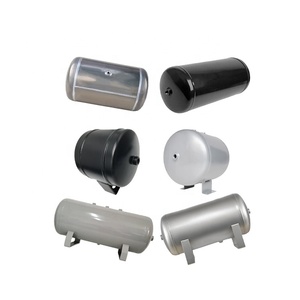
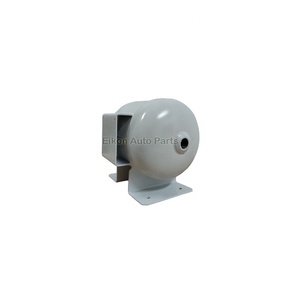




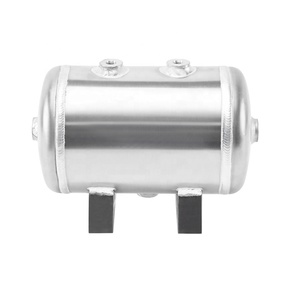




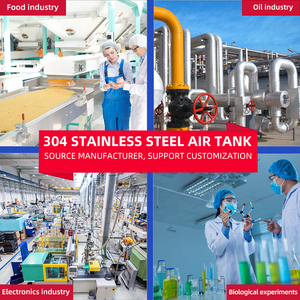




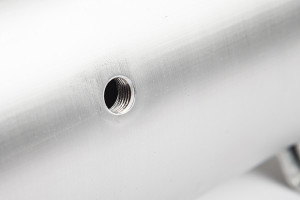



















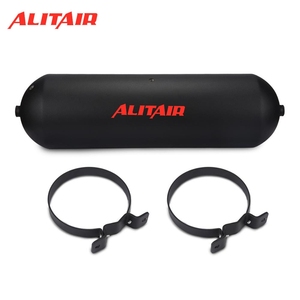

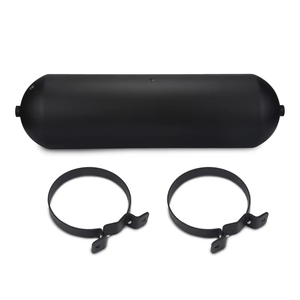

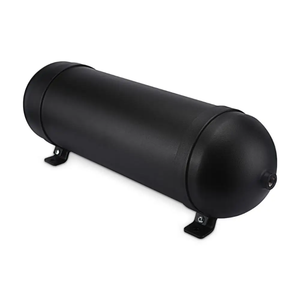






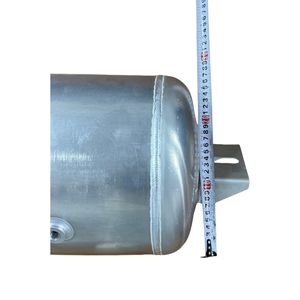







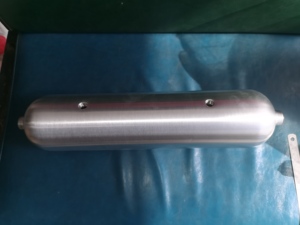
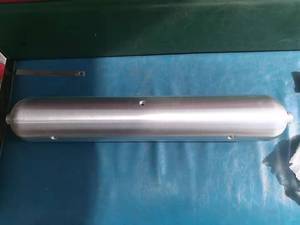




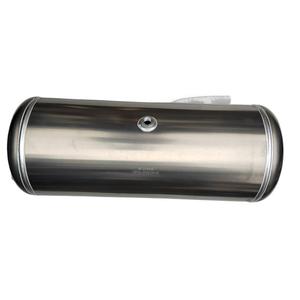
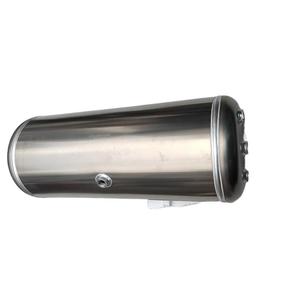

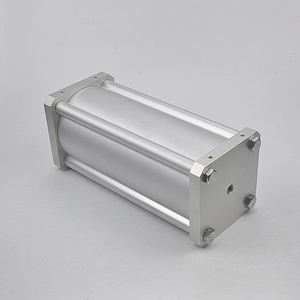

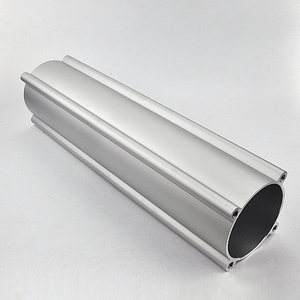







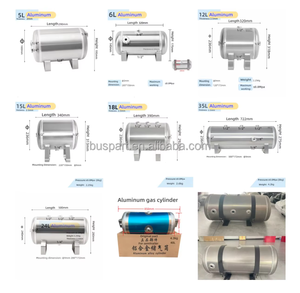


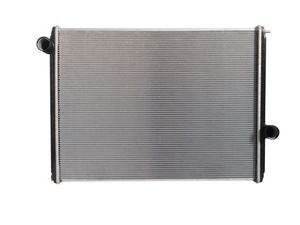










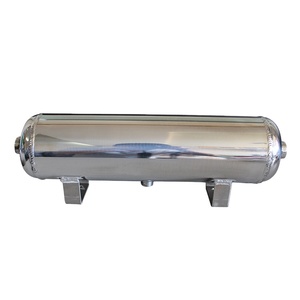




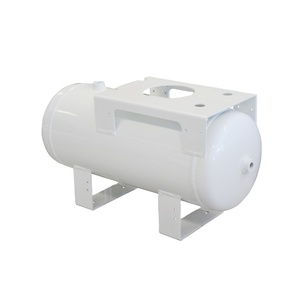


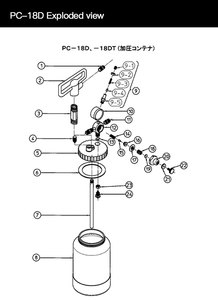

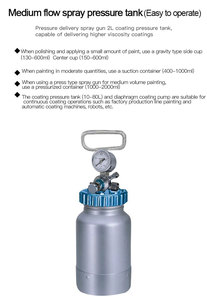

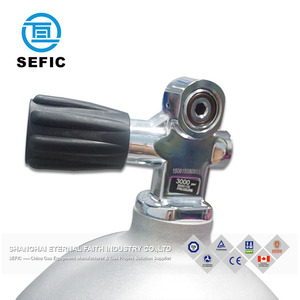

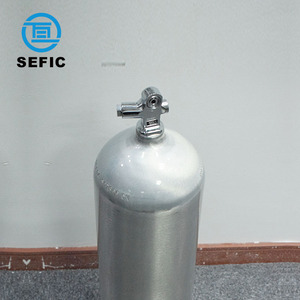
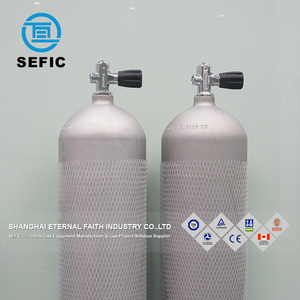



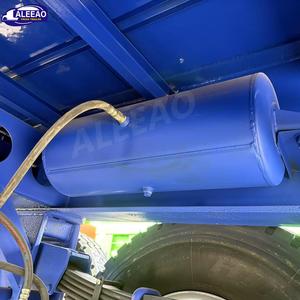
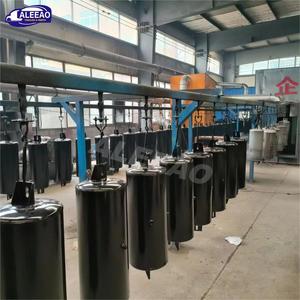
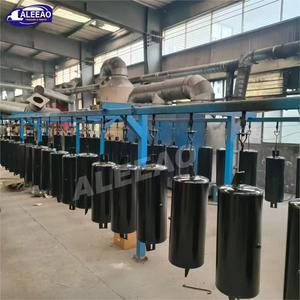

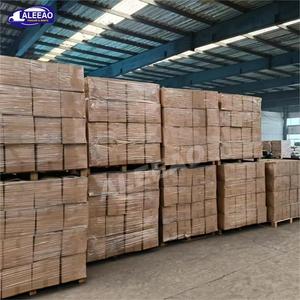
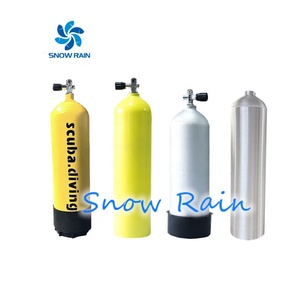

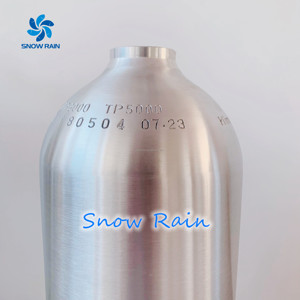


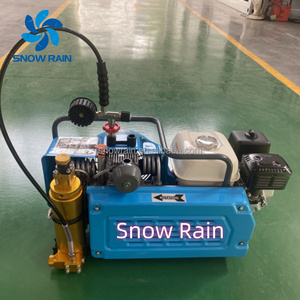
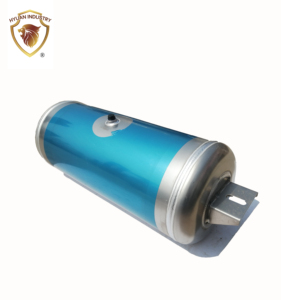






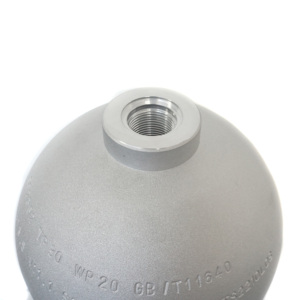

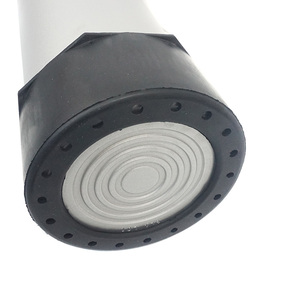

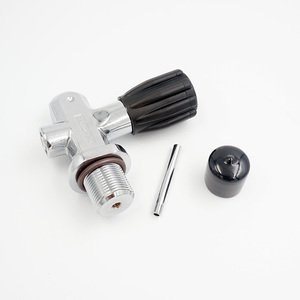



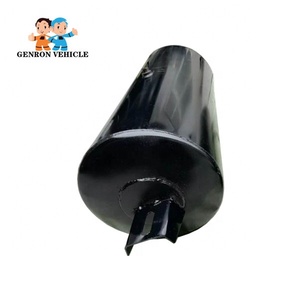








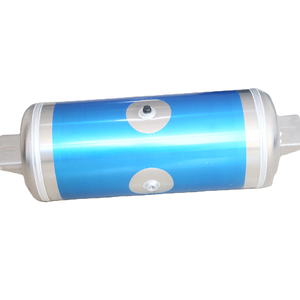





Tanks are designed to store pressurized air, and they come in different materials, shapes, and sizes. The aluminum air tank is durable, lightweight, and corrosion resistant, and it is used in different applications.
The aluminum or alloy air tanks can be used to store compressed air or gases. Like steel air tanks, they work with different equipment such as air compressors, valves, or pressure gauges. Aluminum air tanks are manufactured through welding, casting, or forging methods. The welded tanks have seams visible on the outside. But they do not affect the performance. The cast tanks are more popular because of their uniform thickness and smooth surfaces. Also, there are no seams or flaws in the tank. Most tanks for air compressors are made through the forging method. This forging method uses a die to shape the workpiece, and it produces strong tanks.
Aluminum air tanks can be cylindrical, oblong, or square. The cylindrical tanks are the most common type. Other shapes that are not cylindrical can be mounted under the chassis or on the body. But the available sizes are limited.
Key specifications of aluminum air tanks are as follows.
Capacity/Volume
The capacity or volume of aluminum air tanks can vary greatly depending on the application. Common sizes include 1L, 4L, 6L, 9L, 12L, 16L, 20L, 24L, 30L, and so on. Special sizes can be customized.
Working Pressure
An aluminum pressure tank is designed to store compressed air at specific working pressures. Common working pressures include 150 PSI, 200 PSI, 300 PSI, etc. Higher pressure tanks are available for industrial and specialty applications.
Dimensions
Aluminum air tanks' dimensions vary depending on their design and capacity. Generally, the length is shorter than that of steel tanks, and the diameter is wider. The dimensions include length, width, depth, and diameter. For example, the dimension of a 20-gallon aluminum air tank is 30.2 x 12.1 x 11.9 inches.
Connector
The connectors of aluminum air tanks include plug, drain, pressure gauge, and regulator connectors. The type and number of connectors depend on the use of aluminum air tanks. For example, a tank used for air compressors may have connectors for a pressure gauge and a plug only.
Material
Aluminum air tanks are usually made of aluminum alloy, which has better strength and lighter weight. Some aluminum air tanks made of other materials, such as steel or composite materials, may be used for special applications.
Note that these specifications can vary depending on the manufacturers. Customization is also available.
Regular maintenance air aluminum tanks is essential to ensure their performance, safety, and longevity. Here are some tips for effective maintenance.
Regular Inspection
Users should routinely check for any signs of damage, such as air leaks, bulges, dents, or cracks. They should also inspect the connectors and pressure gauges to ensure they are firmly connected and working properly.
Clean
Users should remove the dirt and debris both inside and outside the air tanks. They can use a soft brush and mild detergent to avoid damaging the tank surface. It is also important to dry the tank thoroughly to prevent corrosion or mold growth.
Lubrication
If applicable, users should lubricate the connectors and seals with a small amount of lubricants to prevent wear and tear, reduce friction, and ensure a good seal.
Avoid Overloading
Users should avoid overloading or over-pressurizing the air tanks. They should use the tanks within the specified pressure and capacity to prevent possible damage or safety risks.
Proper Storage
Users should store the aluminum air tanks in an appropriate environment. They should keep the tanks away from direct sunlight, moisture, heat sources, flammable materials, and extreme temperatures. In addition, users should ensure the storage place is well-ventilated and stable to avoid tipping or falling over.
Aluminum air tanks are used in various industries and applications because of their ability to store and supply compressed air. Here are some common usage scenarios of aluminum air tanks.
Portable air compressor
Aluminum air tanks are often used in portable air compressors. Portable air compressors are popular because of their convenience and versatility. They are commonly used for tire inflation (especially in car tires), power tools, and small equipment.
Industrial air storage
Large aluminum air tanks are used as air storage vessels in industrial settings. The tanks store compressed air produced by stationary air compressors for later use. This allows industries that rely heavily on compressed air to maintain a constant supply of air even if the compressor has to go offline.
Fire protection systems
Aluminum air tanks are used to store compressed air in fire protection systems. The compressed air helps to activate sprinkler systems and fire suppression systems. Using aluminum air tanks is advantageous because they are lightweight and easy to install; they also work well in different environmental conditions.
Automotive applications
Aluminum air tanks are common parts of vehicle suspension systems, especially for trucks and SUVs. The tanks store compressed air that powers shock absorbers and air bags. Additionally, aluminum air tanks can be found in vehicles that use airbrakes.
Hydraulic systems
Hydraulic systems and machinery depend on a constant supply of compressed air to function. Aluminum air tanks are used to store the compressed air these systems need to work effectively, smoothly, and with the optimal force.
Choosing the right aluminum air tank requires careful consideration of the needs as well as the specific features of the air compressor system.
Assess storage needs:
Determine the required volume based on the application's demand, the air compressor's output, and the planned usage patterns. Consider factors such as the number of tools being used simultaneously, the size of the tools, and the frequency of tool usage.
Compatibility with air compressor:
Ensure that it is compatible with the air compressor. Consider factors such as the size of the compressor, its output pressure, and the intended use of compressed air. Determine if there is a need to add any fittings, hoses, or regulators to make it compatible with the air compressor.
Evaluate space constraints:
Consider the available space in the workshop or job site. Air tanks come in different sizes and dimensions, so it's important to choose one that can fit in the designated area without causing any obstruction or safety hazards. Additionally, if the air tank needs to be transported to different locations, portability may be a concern. Consider choosing a compact and lightweight tank that can be easily carried or moved as needed.
Examine pressure ratings:
Make sure that the air tank has pressure ratings that align with the intended use. For example, a high-pressure tank may be necessary for storing air used for paint spraying or powering high-efficiency pneumatic tools.
Budget considerations:
The cost of the air tank is also an important factor to consider. Evaluate the budget and consider the trade-off between cost and features to choose a tank that offers the best value for the specific application.
Q: Do aluminum air tanks rust?
A: Aluminum air tanks resist rust. Aluminum exhibits a natural oxide layer that provides corrosion resistance. The oxide layer prevents corrosion from the atmosphere and other elements. However, this doesn't mean the air tanks will not corrode. Other forms of corrosion, such as pitting or galvanic corrosion, may occur. This happens when the aluminum air tank gets exposed to chloride or salt. The corrosion may also happen if another metal is located nearby, resulting in a chemical reaction that damages the aluminum tank.
Q: How long will an aluminum air tank last?
A: Aluminum air tanks can last a lifetime with proper maintenance. The tank will resist rust and most types of corrosion. It will also stay strong in any environment or exposure.
Q: Can titanium or carbon fiber replace aluminum in air tanks?
A: Even though carbon fiber and titanium offer compelling alternatives, aluminum remains the preferred choice for air tanks. One major drawback of carbon fiber is its high cost. Additionally, carbon fiber lacks the homogenous strength needed for high-pressure tanks. On the other hand, titanium's exorbitant cost and limited formability hinder its widespread use in air tank production. Aluminum, with its optimal blend of affordability, strength, and workability, remains the dominant material for air tank construction.